
Photo: enfantnocta

Photo: enfantnocta
This page is more than one year old.
"Crisis apparitions" are ghostly manifestations or visions that are said to appear to someone at a time of crisis, usually to a close friend or family member. The crisis often involves the apparition's imminent death or a life-threatening emergency.
Imagine sitting at home and suddenly seeing a clear, vivid image of a loved one who is miles away, only to later discover that at that very moment, they were involved in a serious accident or were in a life-threatening situation.
Crisis apparitions are reported to usually appear solid and lifelike, not ethereal or ghostly, as you might expect. They are often reported to have a clear purpose or message related to the crisis at hand, whether it's to say goodbye, offer reassurance, or alert the witness to the situation. After delivering their message or simply making their presence known, these apparitions disappear, sometimes just moments before the witness receives news of the crisis.
Crisis apparitions are similar to the concept of "ghosts of the living," which are described as identifiable apparitions of living people, usually people the witness knew, such as a friend or family member. Although these sorts of ghost sightings are rare today, according to a survey conducted just over a century ago, they were more commonly reported than ghosts of the dead.
'The Census of Hallucinations' was an early study conducted by the fairly newly formed Society for Psychical Research (SPR) in 1894. The SPR questioned 17,000 people from across Europe about encounters with paranormal apparitions and found that around two-thirds of those who could describe a ghost they'd seen said it was a ghost of someone who is currently living, rather than a dead person.
While crisis apparitions share some similarities with ghosts of the living, there are key differences that set them apart, most notably the context of their appearance. Crisis apparitions specifically refer to apparitions that appear to someone at a moment of crisis. The apparition's appearance is tied to a significant event in the life of the person appearing. In contrast, ghosts of the living can appear under a variety of circumstances, not necessarily linked to a crisis.
Since crisis apparitions usually seem to be conveying some kind of message to the living, this would make them a type of intelligent haunting. This type of haunting is characterised by the presence of an entity that seems to be aware of its surroundings and can interact with the living in meaningful ways. This type of haunting implies an ongoing presence with some level of self-awareness and purpose. However, this seems contradictory, as crisis apparitions are generally not reported to interact with the environment or other people and usually disappear after delivering their message or making their presence known.
It's also possible that crisis apparitions might be some kind of psychic vision rather than fitting in with the traditional idea of an apparition. This would make the crisis apparitions a manifestation of a psychic connection between individuals. This connection could be activated or intensified by the emotional and psychological stress of a crisis, allowing one person to project an image of themselves onto another, regardless of the physical distance between them. This projection may not be a conscious act by the person in crisis but rather an automatic, perhaps spiritual, response to the situation.
This would make crisis apparitions a kind of spontaneous, telepathic distress signal, received and interpreted by the recipient as a visual and emotional experience. This idea draws upon many concepts in parapsychology, including telepathy, which is defined as direct communication between minds. It also relies on clairvoyance, the ability to see events or objects beyond the range of ordinary perception. Since crisis apparitions appear with foreknowledge of an event, they can also be classified as a form of precognition.
Historical accounts of encounters with crisis apparitions were more common during periods of conflict. There is a noticeable uptick in reports and stories of paranormal experiences, including crisis apparitions, that emerge during or after significant social and global crises, particularly wars. The World Wars, for example, were times of unprecedented human tragedy, with millions of lives lost and countless individuals living in a state of constant fear and uncertainty about the safety of their loved ones. The literature and personal narratives from these periods are rich with stories of apparitions and supernatural experiences.
However, this doesn't mean that crisis apparitions are exclusively a phenomenon of the past or limited to times of war. Reports of crisis apparitions continue into the present day, although the ways in which these experiences are interpreted and shared have evolved. In the digital age, where scientific skepticism is rife, people might be less likely to report perceived paranormal experiences, or they might share their experiences in less public ways.
Technology likely plays a part in this too. In wartime, the lack of instant communication would have led to anxiety. Perhaps the knowledge that loved ones wouldn't hear about their crisis was the catalyst for reaching out in the form of an apparition, even if subconsciously. During wartime, this could have resulted in individuals subconsciously projecting apparitions due to the lack of immediate communication methods.
Today, with the ability to receive news almost instantaneously, communication may not be a concern, and therefore the subconscious isn't driven to project an apparition. On the other hand, it could be that today's instant communication channels have changed the psychological landscape, potentially affecting the frequency and nature of crisis apparitions being reported.
One skeptical perspective suggests that the influence of heightened emotional states might be a potential explanation for these experiences. They argue that during times of stress or anxiety, the brain might conjure up images of loved ones or even implant false memories. This would mean that rather than witnessing an apparition at the time of a crisis, the shock or upsetting news of someone's death might lead to the formation of a false memory, making individuals recall seeing an apparition around the time of the death, even if no such sighting occurred.
This process is rooted in well-documented cognitive biases and memory distortions, such as confabulation, the misinformation effect, and the post-event information effect. Confabulation involves the production of false memories without any intention to deceive, where the memories can range from minor alterations to detailed narratives that never occurred. The individual believes these memories to be true, highlighting the malleability of human memory.
It's possible that the emotional turmoil following significant, traumatic news prompts the mind to seek meaning and connection. Conversations or emotional thoughts about the deceased might lead to the unconscious creation of a memory of experiencing such an apparition. This memory, vivid and real to the person, may provide comfort or a sense of closeness to the deceased, despite not being based on an actual event.
Whatever the underlying cause of a crisis apparition, the experiences of those who have witnessed the phenomenon cannot be easily dismissed. Their impact on the people who experience them is undeniably profound, which is why historic reports from decades ago are still discussed and debated even to this day.
More Essential Parapsychology
See All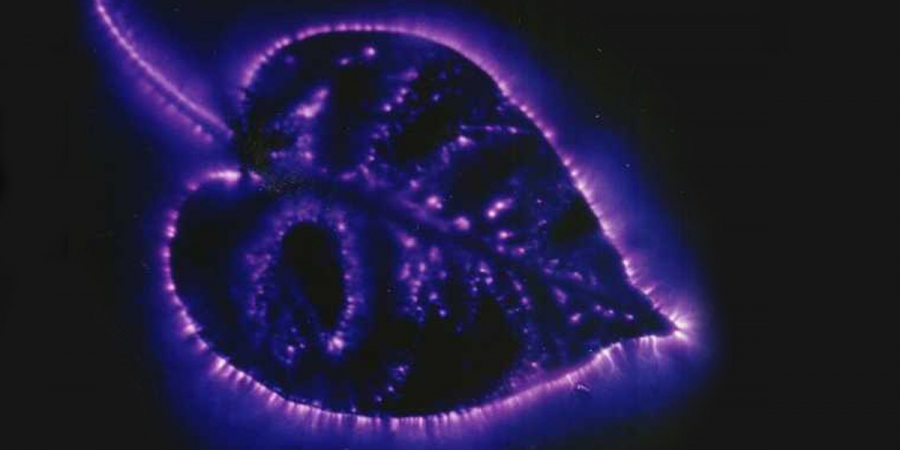
ArrayOctober 11, 2024
The Reality Behind Kirlian Photography’s Glowing Auras

ArrayOctober 07, 2024
Could Retroactive Psychokinesis Allow Us To Influence The Past?

ArrayOctober 05, 2024
What Spontaneous Cases Are & Why Parapsychologists Research Them
Further Reading
Dive into the world of the paranormal and unexplained with books by Higgypop creator and writer Steve Higgins.

Encounters
A historical overview of UFO sightings and encounters, from 1947 to modern government reports.
Buy Now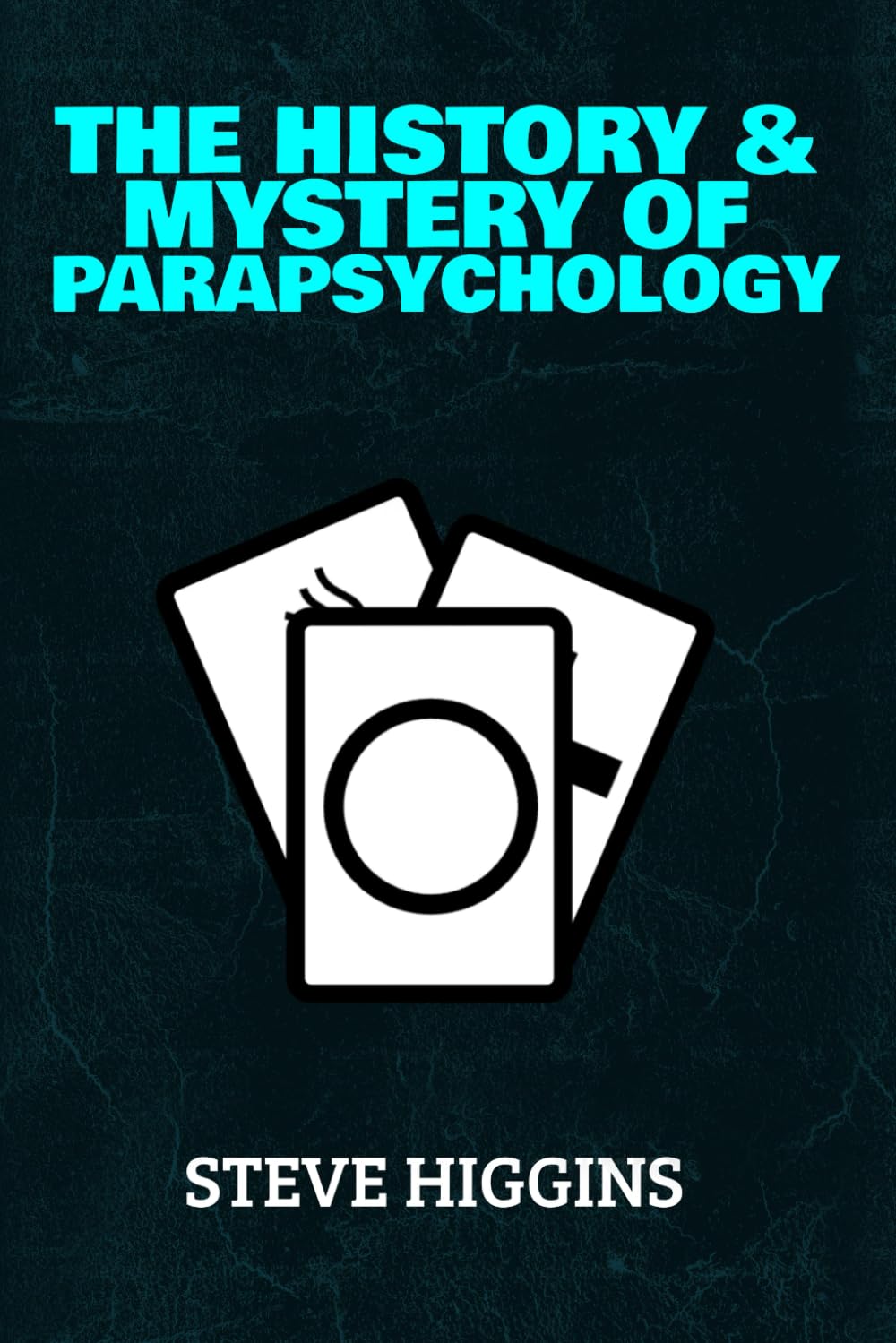
The History & Mystery Of Parapsychology
A deep dive into paranormal phenomena, exploring history, science, and psychology.
Buy NowMore Like This

Haunted BritainDecember 25, 2024
2024's Most Popular Paranormal Hotspots In The UK
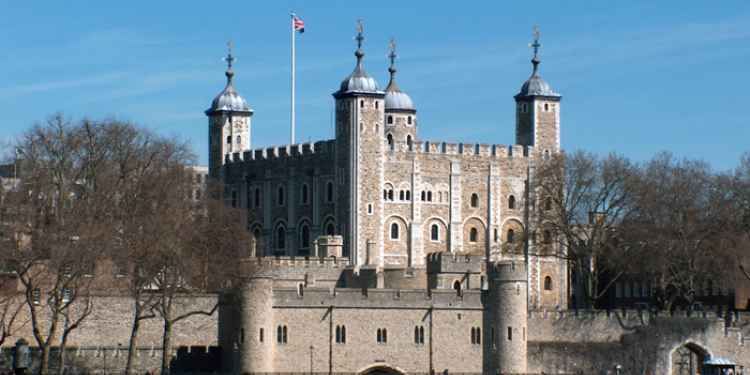
GamesNovember 28, 2024
Can You Match These Famous Ghosts To Their Haunting Grounds?
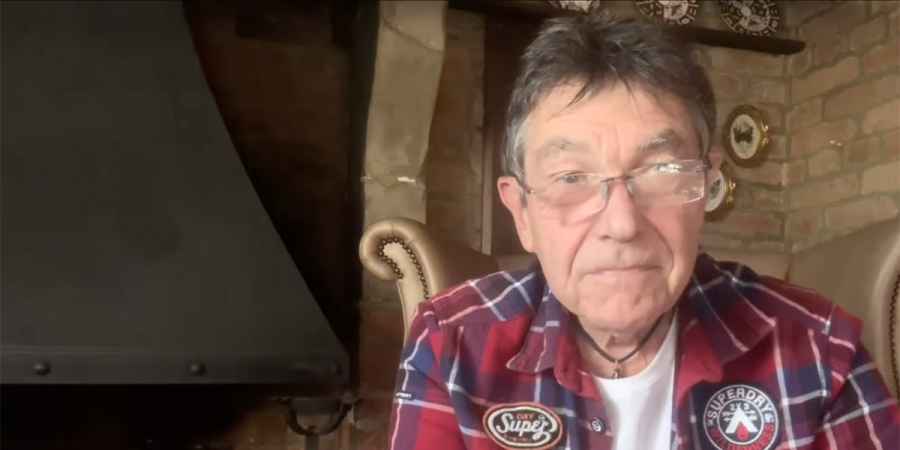
HalloweenOctober 30, 2024
Richard Felix Shares A Collection Of Modern Ghost Stories For Halloween
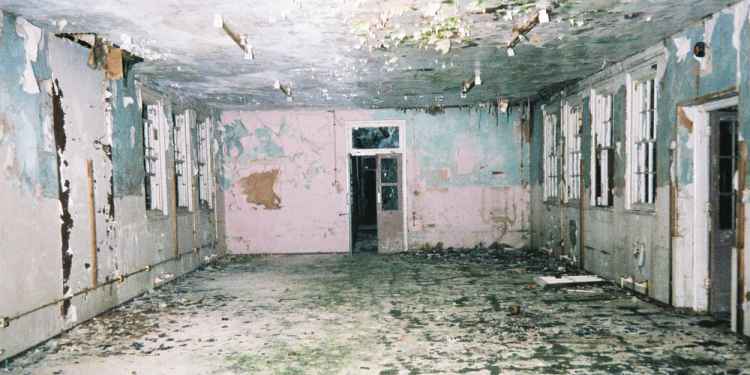
ParanormalOctober 20, 2024
My First Ever Ghost Hunt: 20 Years Ago This Halloween Night
 See More on Audible
See More on Audible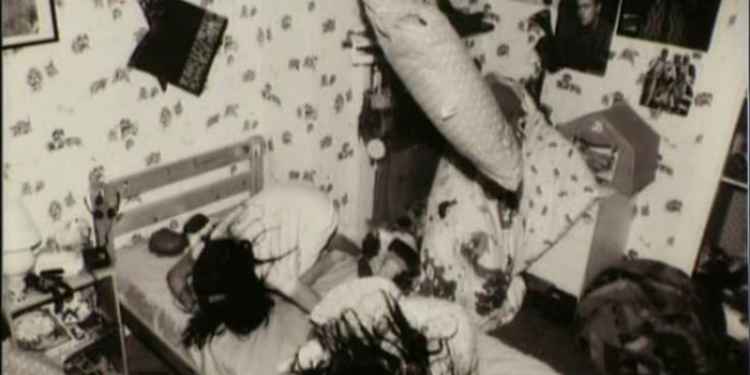

Comments
Want To Join The Conversation?
Sign in or create an account to leave a comment.
Sign In
Create Account
Account Settings
Be the first to comment.